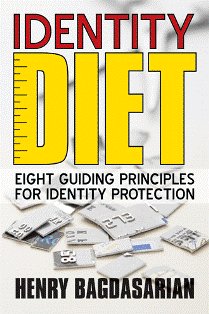Fraud Responsibility
Assigning fraud responsibility is a big part of an identity theft case investigation in order to determine who must assume fraud losses. Although companies learn a great deal from their identity theft investigations to prevent and detect future identity fraud, they are also interested in learning whether the fraud was intentional or unintentional and who caused the losses in order to assign responsibility and reduce their fraud losses. Some identity theft cases offer sufficient information to assign responsibly immediately and other investigations may not be so easy to conclude. One of my friends called me a few days ago to ask about the next steps for resolving an identity theft case he had recently experienced. He had noticed that a couple of his checking accounts from the same financial institution were missing most of the deposits except for a few hundred dollars. After he contacted the bank to inquire about the disappeared money, he discovered that someone had opened a new account at the same bank in another State and transferred funds from his existing accounts to the new account which was emptied soon after in the same day the account was opened. By speaking with a bank representative, he also soon discovered that his disappeared money may not be available for a while until the bank concludes its investigation. Unlike credit card fraud where cardholder has certain rights and protection, bank account fraud involving deposited cash is treated somewhat differently by the banks and regulations.
To open a new account, the fraudster had used his social security number along with other personal information like name and address, and, forged his signature. Two questions were immediately raised in my head which were why the bank fraud prevention program did not detect the forged signature of an existing client as well as the suspicious out of State nature of this transaction, and, who could have access to his personal information and signature? The first question can only be answered by the bank and the answers to the second question are either the crime was committed or supported by someone who is very close to him or a bank insider which is more likely. In this case, there is not much that an identity theft victim could do other than to detect and notify the fraud as soon as possible, but a credit report freeze could also have been helpful to further prevent the bank from opening a new account. Although a forged signature may exonerate my friend from all responsibility, these types of identity fraud cases take longer to resolve because of the amount of personal information used to commit the crime which makes it harder to determine fraud responsibility and therefore, stolen money may not be credited back into the account immediately. The bank cameras and credible witnesses may also help my friend shift the fraud responsibility away from him by proving that he was not at the crime scene when this fraud occurred.
To reduce the risk of not having available cash for an extended period of time due to identity fraud, it is best not to leave all cash in the same account and financial institution just in case bank accounts become affected by identity theft which assign fraud responsibility to the account holder until the investigation is concluded which can take months and years in some cases.
Return from fraud responsibility to home page.






